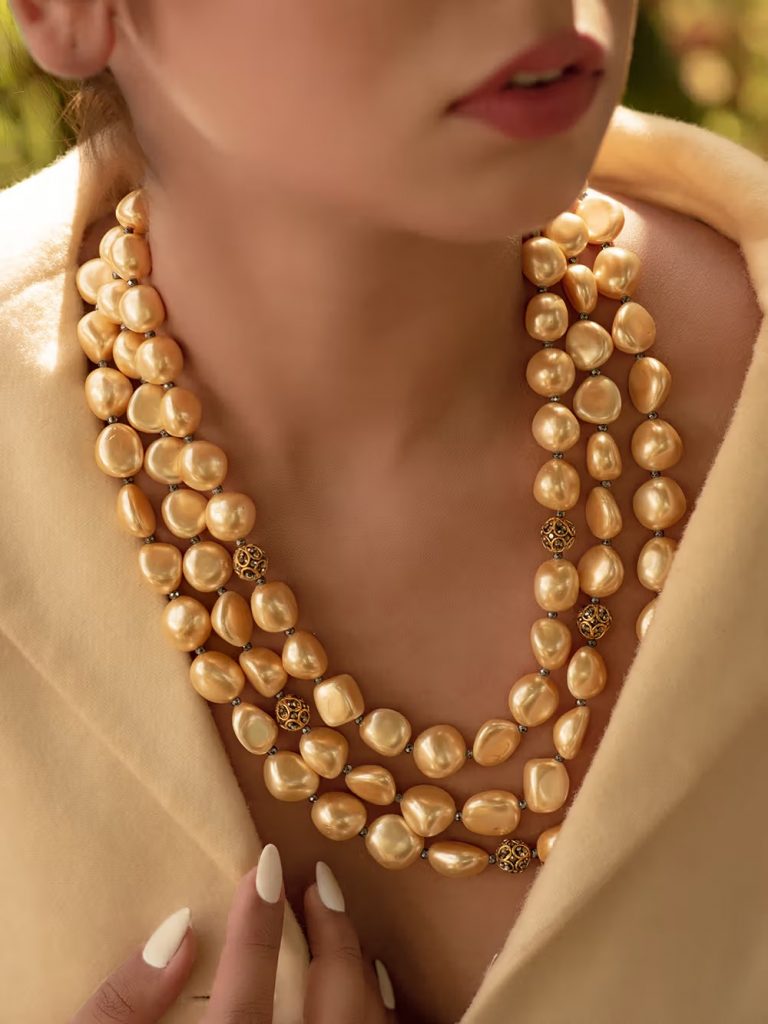Festivals in India are vibrant celebrations of culture, tradition, and style. Every year, fashion evolves to reflect contemporary tastes while honoring heritage. With the festivities wrapped up, 2025’s season of celebration leaves us with fresh lessons in color, craft, and creativity. This year, India’s festival fashion scene stood at a unique intersection where tradition met innovation, and culture embraced conscious design.
For fashion design students, this post-festival moment offers more than inspiration. It’s an opportunity to observe, analyse, and learn from what shaped the year’s most celebrated styles.
In this blog, we revisit the top fashion trends of the 2025 festive season, decode their design lessons, and explore how aspiring designers can translate them into creative opportunities for the future.
1. Pastels and Subtle Hues
If the past years celebrated deep jewel tones and metallic grandeur, 2025 brought a refreshing calm. Powder blue, mint green, blush pink, and lilac emerged as festival favourites, offering a softer, more romantic take on Indian wear.
For design students, this trend highlights the emotional power of color psychology. Pastels evoke sophistication and serenity — qualities that resonate with the modern Indian consumer seeking quiet elegance over extravagance. Understanding color palettes as emotional narratives is a key takeaway for anyone designing festive wear.

2. Statement Sleeves and Dramatic Silhouettes
2025 was the year of drama and dimension, especially in sleeves. Designers experimented with exaggerated shoulders, fluted cuffs, and tiered ruffles that added movement and volume.
This is a strong study point for students in pattern-making and silhouette construction. A single design element, when exaggerated thoughtfully, can redefine an entire outfit. The trend also underscores how functional design and dramatic styling can coexist beautifully.

3. Sustainable & Handcrafted Fashion
Sustainability continued to shape Indian festive fashion in meaningful ways. Designers showcased handwoven silks, khadi, and organic cottons, and celebrated crafts like bandhani, jamdani, and ikat with renewed energy. The emphasis was on responsible luxury garments that tell a story of craft, time, and care.
For fashion students, this trend is an invitation to dive deeper into craft documentation, upcycling, and ethical sourcing. Understanding material origins and artisan processes isn’t just about sustainability — it’s about authenticity and long-term relevance.

4. Bold Color Combinations
This festive season, color took center stage once again, but with a bolder, more experimental twist. Designers embraced vibrant contrasts like turmeric yellow with cobalt blue, fuchsia with emerald green, and coral with gold, creating looks that felt joyful yet sophisticated. The 2025 festive palette celebrated confidence and individuality through fearless color play.
For fashion design students, this is a reminder that color theory is more than classroom learning — it’s a living, visual language. Observing how designers used contrasts, layering, and draping to achieve balance can inspire students to explore new color stories in their own work, blending emotion, culture, and contemporary appeal.

5. Contemporary Saree Drapes
The timeless saree continued to evolve with new-age draping techniques from pant-style and dhoti sarees to pre-stitched versions paired with belts and jackets. These silhouettes retained the cultural core while adapting to contemporary lifestyles.
Students can learn from this how form and function can coexist, innovation doesn’t mean discarding tradition, but reimagining it for relevance. The saree’s transformation demonstrates the potential of design intervention in keeping heritage alive.

6. Fusion Wear
Fusion fashion, combining Western silhouettes with ethnic fabrics, is increasingly popular. The Indian wardrobe is now a global dialogue. From jackets over sarees to crop tops with lehengas and draped skirts with shirts, fusion fashion celebrated freedom and fluidity.
This movement teaches students to explore hybrid identities in design, blending silhouettes, fabrics, and cultural references to create garments that reflect today’s diverse, dynamic lifestyles.
7. Metallic Accents, Sequins & Embellishments
While shimmer remained synonymous with celebration, 2025 saw it evolve into a more refined aesthetic. Sequins, foil prints, and mirror accents were used sparingly to create sophistication rather than flash.
For students, this trend emphasizes the design principle of balance. Surface embellishment should enhance the story of a garment, not overpower it. Experimenting with reflective materials can teach restraint and the importance of visual harmony.
8. Statement Accessories
Statement jewellery and accessories played a key role this season. Layered necklaces, sculptural earrings, ornate belts, and embroidered footwear elevated every ensemble.
Designers and students alike can learn from how accessories complete a visual narrative they create rhythm and cohesion between garment and personality. In design education, this underscores the importance of styling as an integral part of the creative process.

9. Comfortable Glam
The biggest shift this season was the rise of comfort-first festive wear. Flowy kurtas, unstitched sarees, anti-fit silhouettes, and lightweight lehengas made a strong statement: celebration doesn’t have to compromise ease.
For emerging designers, this marks a cultural shift. The modern Indian consumer values wearability and longevity. Designing festive garments that move freely and feel effortless represents a new understanding of ergonomic aesthetic fashion that works with the body, not against it.

10. Gender-Neutral Styling
Inclusivity found stronger expression this season, with gender-neutral ensembles gaining popularity. Oversized jackets, layered tunics, and unisex drapes blurred conventional lines of dressing.
This progression challenges future designers to think beyond binaries to design with empathy and inclusivity. Clothing is increasingly about identity and comfort, not conformity. For students, it’s a chance to reimagine festive fashion as a space for self-expression and belonging.
At ARCH, festival styling trends like these are brought to life through hands-on projects, craft immersion, industry collaborations, and real runway experiences. Students learn how to blend traditional Indian textiles with modern silhouettes, work directly with artisans, and experiment with skills that are essential for creating the next wave of festive fashion in India. With expert faculty, international exposure, state-of-the-art labs, and opportunities to showcase collections at major fashion events, ARCH empowers aspiring designers to transform their creative vision into professional success. If you want to be at the forefront of trends and build a future-ready fashion career, ARCH is the perfect place to begin your journey. Join us now!
